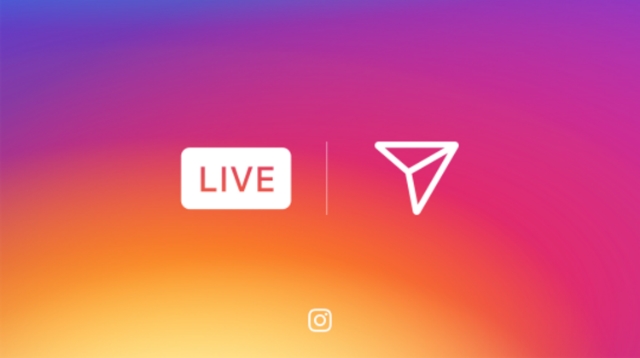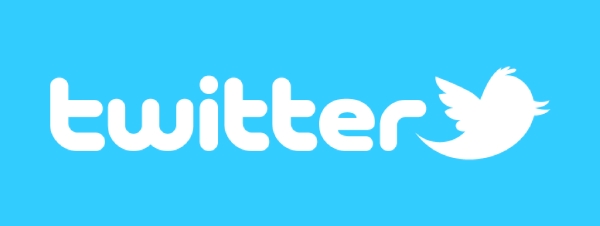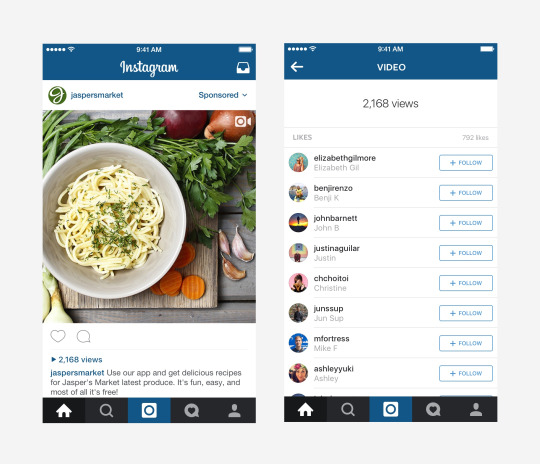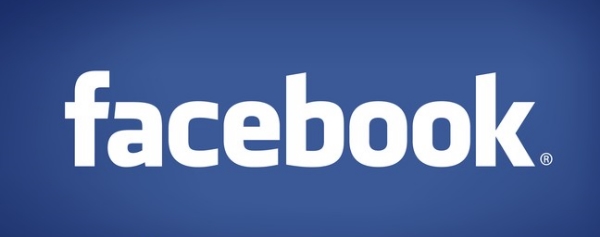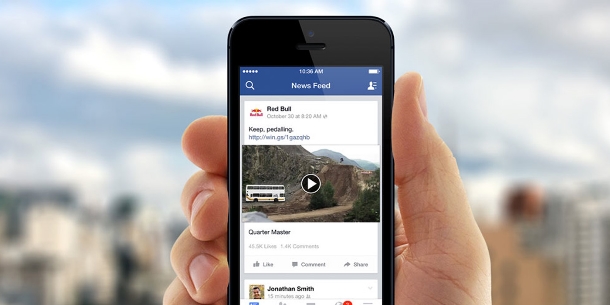TikTok announced this week that it is extending the maximum length of videos on its platform, tripling the limit from sixty seconds to three minutes.
The update began rolling out to users over the past few days. As users get access, they will be notified with a notification in the app, as shown below:
As the company says in the announcement:
“There’s so much that can happen in a TikTok minute, from crowdsourced musicals and sea shanty singalongs to feta pasta recipes, roller skating revivals, and more. Now we’re introducing the option for our global community to create longer videos – paving the way for even richer storytelling and entertainment on TikTok.”
Keeping with how videos have always been handled in the app, users can record, edit, and share their videos entirely within TikTok, or choose to upload pre-edited videos.
Is TikTok Challenging YouTube?
For the most part, videos on social media have tended towards short-form clips. From Vines to Snapchat Stories and YouTube Shorts, most platforms have prioritized keeping videos easily consumable while on the go.
Until now, TikTok has worked within these limits to establish itself as the platform for bite-sized videos.
This marks the app’s first foray into longer videos, which can demand more attention and focus from users.
The question is whether users will be willing to invest this energy in longer content, though the announcement is optimistic:
“With all the ways our community has redefined expression in under 60 seconds, we’re excited to see how people continue to entertain and inspire with a few more seconds – and a world of creative possibilities.”



